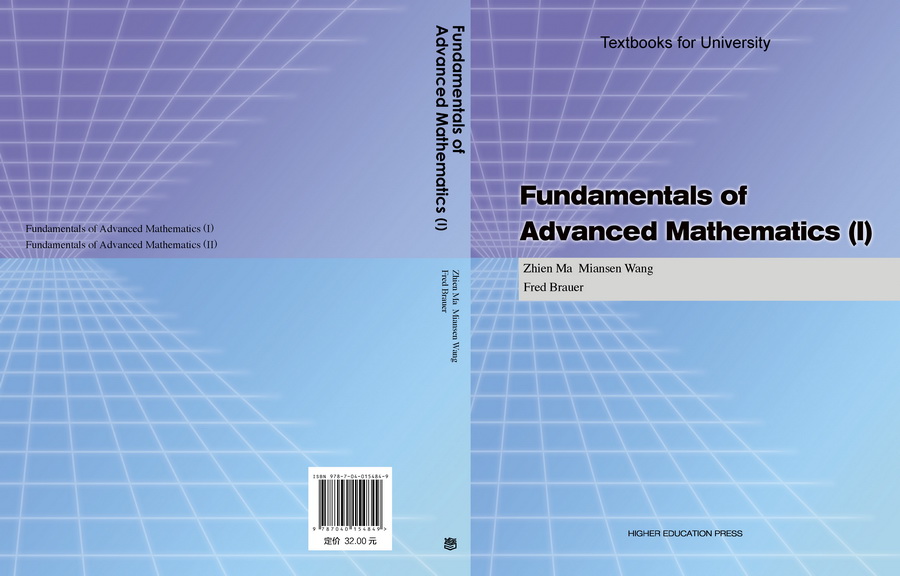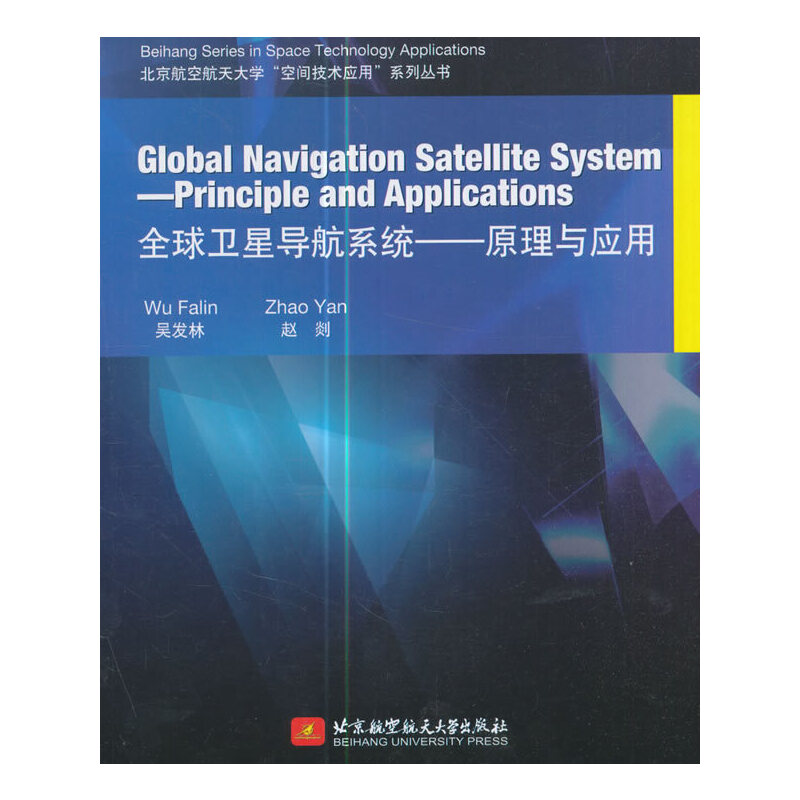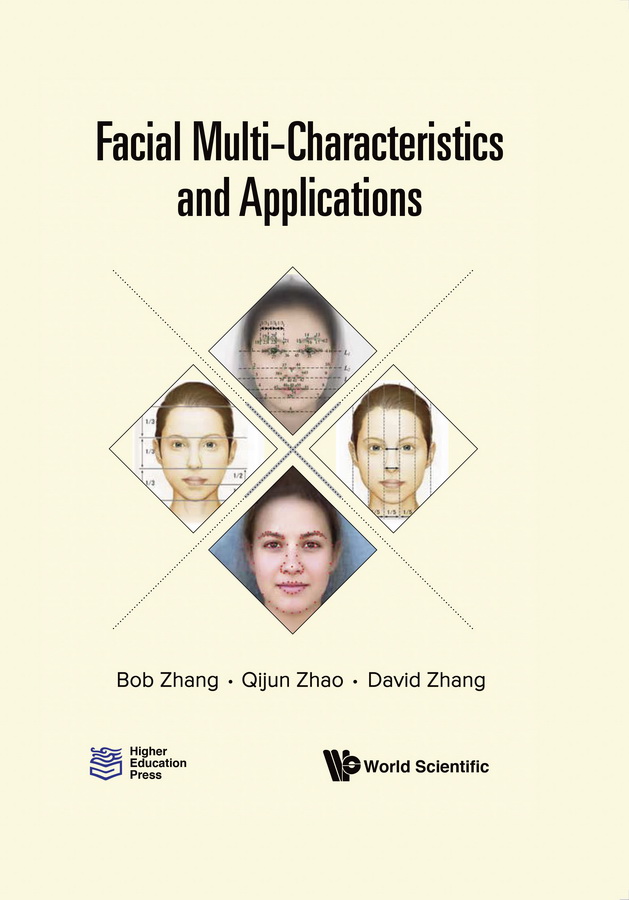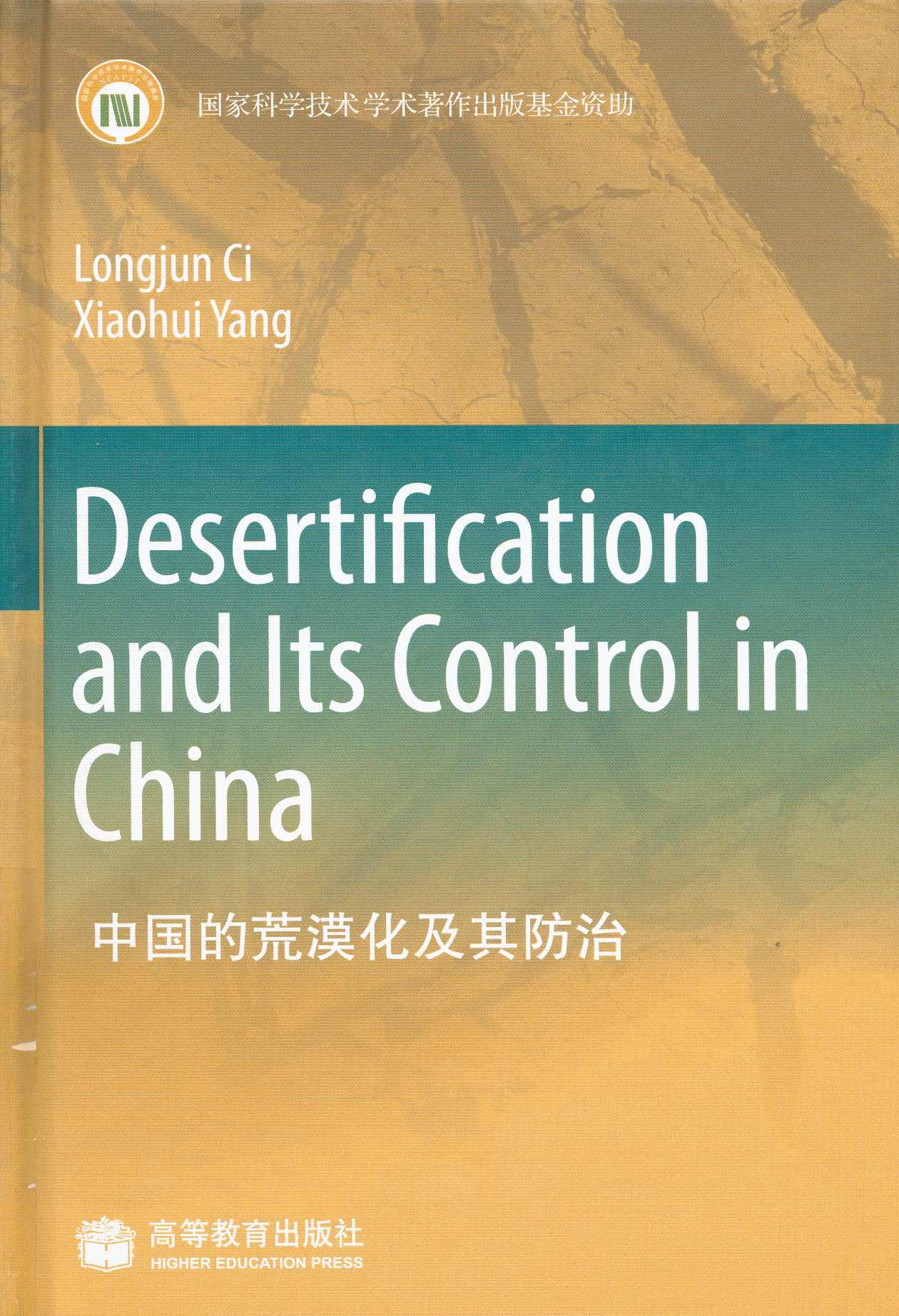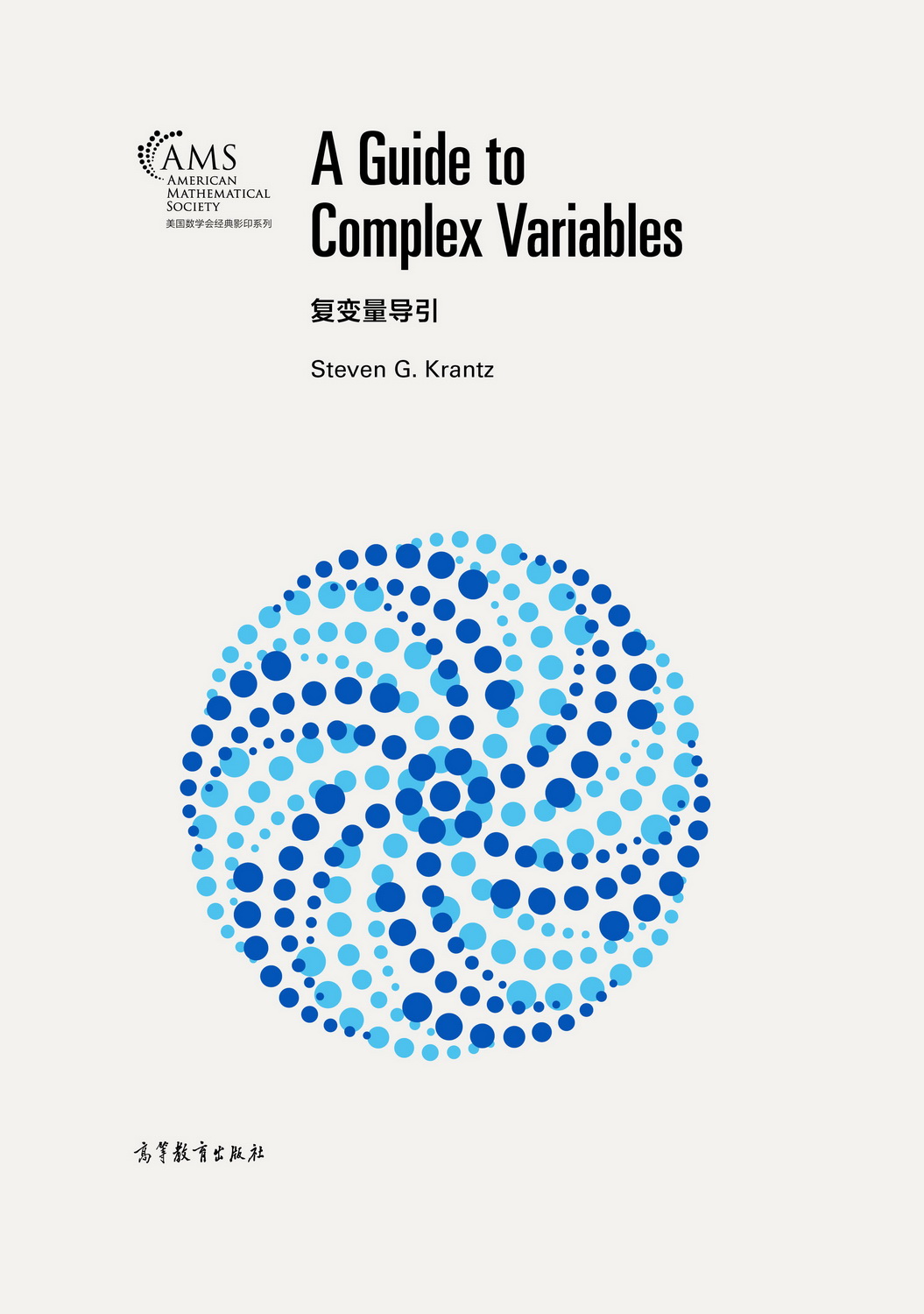Fundamentals of Advanced Mathematics(I)
作者: 马知恩,王绵森,Fred Brauer
出版时间:2005-01
出版社:高等教育出版社
- 高等教育出版社
- 9787040154849
- 1版
- 21835
- 47250597-3
- 平装
- 异16开
- 2005-01
- 470
- 390
- 理学
- 数学
- O13
- 工学、理学
- 本科
前辅文
Introduction
Chapter 1 Theoretical Basis of Calculus
1.1 Sets and Functions
1.1.1 Sets and their operations
1.1.2 Concepts of mappings and functions
1.1.3 Composition of mappings and composition of functions
1.1.4 Inverse mappings and inverse functions
1.1.5 Elementary functions and hyperbolic functions
1.1.6 Some examples for modelling of functions in practical problems
Exercises 1.1
1.2 Limit of Sequence
1.2.1 Concept of limit of a sequence
1.2.2 Conditions for convergence of a sequence
1.2.3 Rules of operations on convergent sequences
Exercises 1.2
1.3 Limit of Function
1.3.1 The concept of limit of a function
1.3.2 The properties and operation rules of functional limits
1.3.3 Two important limits
Exercises 1.3
1.4 Infinitesimal and Infinite Quantities
1.4.1 Infinitesimal quantities and their order
1.4.2 Equivalence transformations of infinitesimals
1.4.3 Infinite quantities
Exercises 1.4
1.5 Continuous Functions
1.5.1 The concept of continuous function and classification of discontinuous points
1.5.2 Operations on continuous functions and the continuity of elementary functions
1.5.3 Properties of continuous functions on a closed interval
Exercises 1.5
Chapter 2 The Differential Calculus and Its Applications
2.1 Concept of Derivatives
2.1.1 Definition of derivatives
2.1.2 Relationship between derivability and continuity
2.1.3 Some examples of derivative problems in science and technology
Exercises 2.1
2.2 Fundamental Derivation Rules
2.2.1 Derivation rules for sum, difference, product and quotient of functions
2.2.2 Derivation rule for composite functions
2.2.3 The derivative of an inverse function
2.2.4 Higherorder derivatives
Exercises 2.2
2.3 Derivation of Implicit Functions and Functions Defined by Parametric Equations
2.3.1 Method of derivation of implicit functions
2.3.2 Method of derivation of a function defined by parametric equations
2.3.3 Related rates of change
Exercises 2.3
2.4 The Differential
2.4.1 Concept of the differential
2.4.2 Geometric meaning of the differential
2.4.3 Rules of operations on differentials
2.4.4 Application of the differential in approximate computation
Exercises 2.4
2.5 The Mean Value Theorem in Differential Calculus and L’Hospital‘s Rules
2.5.1 Mean value theorems in differential calculus
2.5.2 L'Hospital's rules
Exercises 2.5
2.6 Taylor's Theorem and Its Applications
2.6.1 Taylor's theorem
2.6.2 Maclaurin formulae for some elementary functions
2.6.3 Some applications of Taylor‘s theorem
Exercises 2.6
2.7 Study of Properties of Functions
2.7.1 Monotonicity of functions
2.7.2 Extreme values of functions
2.7.3 Global maxima and minima
2.7.4 Convexity of functions
Exercises 2.7
Synthetic exercises
Chapter 3 The Integral Calculus and Its Applications
3.1 Concept and Properties of Definite Integrals
3.1.1 Examples of definite integral problems
3.1.2 The definition of definite integral
3.1.3 Properties of definite integrals
Exercises 3.1
3.2 The Newton Leibniz Formula and the Fundamental Theorems of Calculus
3.2.1 Newton Leibniz formula
3.2.2 Fundamental theorems of Calculus
Exercises 3.2
3.3 Indefinite Integrals and Integration
3.3.1 Indefinite integrals
3.3.2 Integration by substitutions
3.3.3 Integration by parts
3.3.4 Quadrature problems for elementary fundamental functions
Exercises 3.3
3.4 Applications of Definite Integrals
3.4.1 Method of elements for setting up integral representations
3.4.2 Some examples on the applications of the definite integral in geometry
3.4.3 Some examples of applications of the definite integral in physics
Exercises 3.4
3.5 Some Types of Simple Differential Equations
3.5.1 Some fundamental concepts
3.5.2 First order differential equations with variables separable
3.5.3 Linear equations of first order
3.5.4 Equations of first order solvable by transformations of variables
3.5.5 Differential equations of second order solvable by reduced order methods
3.5.6 Some examples of application of differential equations
Exercises 3.5
3.6 Improper Integrals
3.6.1 Integration on an infinite interval
3.6.2 Integrals of unbounded functions
Exercises 3.6
Chapter 4 Infinite Series
4.1 Series of Constant Terms
4.1.1 Concepts and properties of series with constant terms
4.1.2 Convergence tests for series of positive terms
4.1.3 Series with variation of signs and tests for convergence
Exercises 4.1
4.2 Power Series
4.2.1 Concepts of series of functions
4.2.2 Convergence of power series and operations on power series
4.2.3 Expansion of functions in power series
4.2.4 Some examples of applications of power series
*4.2.5 Uniform convergence of series of functions
Exercises 4.2
4.3 Fourier Series
4.3.1 Periodic functions and trigonometric series
4.3.2 Orthogonality of the system of trigonometric functions and Fourier series
4.3.3 Fourier expansions of periodic functions
4.3.4 Fourier expansion of functions defined on the interval
4.3.5 Complex form of Fourier series
Exercises 4.3
Synthetic exercises
Appendix Answers and Hints for Exercises


